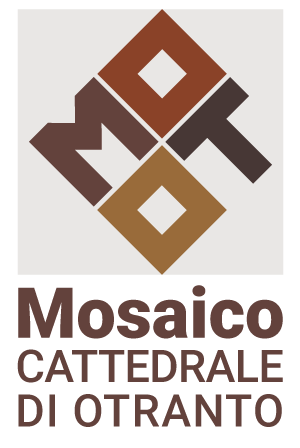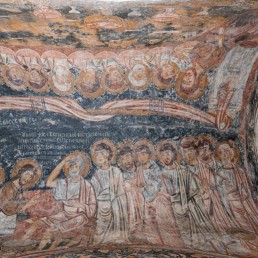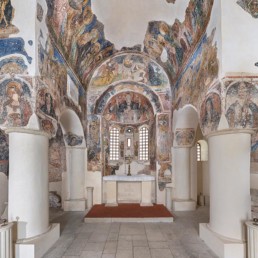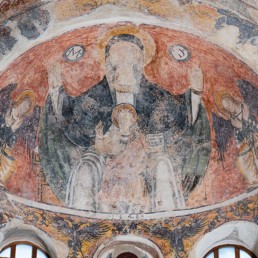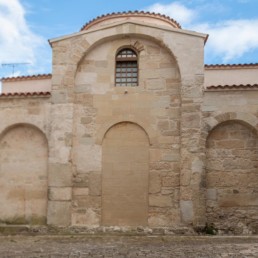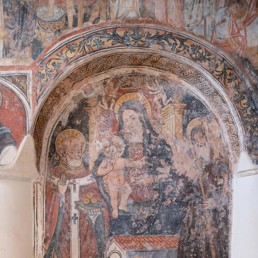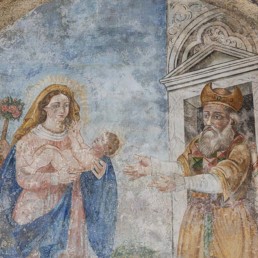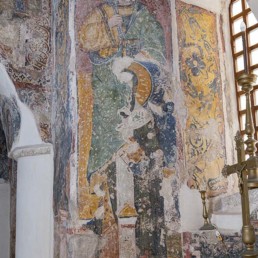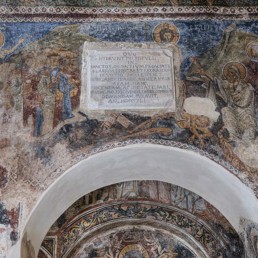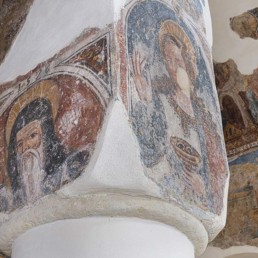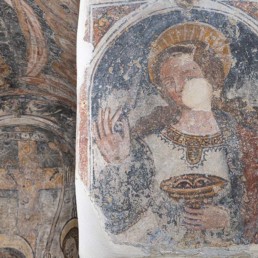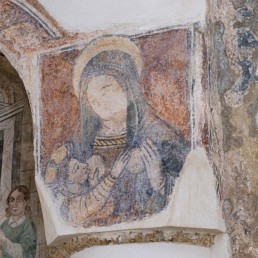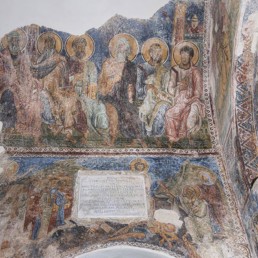The Byzantine Church of St. Peter
Evidence of Otranto’s Byzantine past in the heart of the city
Prior to the arrival of the Normans in the 11th century, the region in and around Otranto had been ruled by the Byzantine Empire for several centuries. The language of the region was Greek, as were the traditions, religious rites and liturgy.
Living proof of the splendour of the Byzantine period in Otranto is the Church of St. Peter (Chiesa di San Pietro), right in the heart of the historic city centre.
This small basilica was built on one of the highest hills in Otranto and today is one of the oldest religious buildings in the whole Archdiocese.
History
Before the building of the cathedral
Local tradition dates the construction of the church to the 1st century AD when St Peter, journeying from Antioch to Rome, disembarked in Otranto and celebrated the Eucharist with the slaves of Otranto, who converted to Christianity as the result of his sermon.
Other theories, however, state that the church was built between the 8th and 12th centuries. Given its modest size and lack of iconostasis, it is not out of the question for the church to have originally been a small private church belonging to a member of the Byzantine aristocracy.
The current architectural layout is almost the same as the original.
Built with limestone, tufa, and carparo and mazara stone, the basilica takes the shape of a Greek cross (according to the canons of the Byzantine tradition), dividing the inner hall of the building into three naves, each ending in a small apse with a monofora (single light) window. The central apse contains a small oculus window, through which the first ray of sun rising from the East, over the Levantine Sea and the Straight of Otranto, can enter.
When the Catholic Church imposed the Latinisation of the region in terms of language and religious celebrations, the Normans, wishing to distinguish themselves as close followers of Papal will, were active participants in the construction of a large new church in the centre of Otranto, the Cathedral, as a tangible symbol of this shift from the Greek to the Latin rite.
The church of St. Peter continued to host services in the Greek rite until the 18th century, when the last priests in this tradition were attested.
The frescoes that we can see in the liturgical space today date from between the 10th and 16th centuries and help to turn this small church into a real gem of art and faith.
The vaults, apses, walls, columns and the dome were all painyed with frescoes. Together, they constituted a catechesis on the Gospels, on the most important moments in the life of Jesus Christ and on the devotions to the Madonna and to the other saints venerated in the Terra d’Otranto.
The church underwent restoration work in 2012 and 2013 at the request of Archbishop Mgr. Donato Negro.
